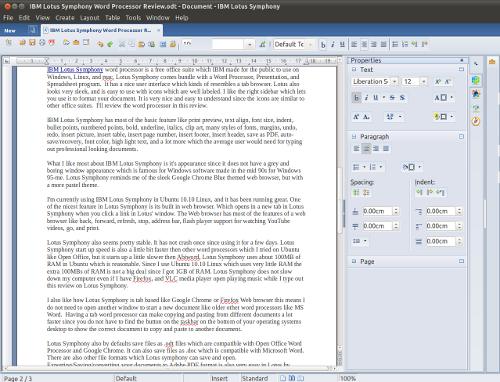

Expanding the conceptual reach of one of the woodwind family's oldest members, Marcus joins the ranks of such visionary jazz clarinetists as Don Byron, John Carter, Jimmy Giuffre, and Perry Robinson.When abandoned kittens and his good conscience force second year Sorata Kanda to move into Suimei High School’s infamous Sakura Hall, the satellite dorm and its eccentric, misfit residents turn his life upside down. Marcus reveals a sentimental side on "Elypsis." Pirouetting effortlessly between the chalumeau and altissimo register, Marcus maintains complete control, unveiling elegant variations on a winsome melody with tasteful restraint and a masterful technique.įrom the spirited to the soothing, Lotus Symphony offers a diverse and compelling journey. Beginning with an opulent melody and lilting rhythm, the tune undergoes a dramatic transformation at the halfway mark Judah and Alexander kick the leisurely rhythm into brisk double time, inspiring Marcus to his most fervent playing of the set. "Sumatra" offers a dynamic study in contrasts, veering from languid to vigorous. "Peace People Theme" finds the clarinetist in a rousing dialog with muscular tenor saxophonist Antoine Roney, as bassist Rashaan Carter and drummer Taru Alexander set up a fulminating undercurrent for the two horn players to navigate. Marcus revels in the strident, clarion quality of his instrument "Seal Rock - Bird Rock (duet)" pits Marcus against drummer Jay Rosen in a vivacious dueta roiling vortex of keening circuitous cadences and scintillating percussive accents. Marcus extracts stirring fragments from a bittersweet melody, soaring over the modulated comping of pianist John Austria, transforming the tune into a timeless meditation that frames bassist Radu ben Judah's sinewy arco solo. Nowhere is this more prominent than on "As Always, Our Blessings" which opens the album with the regal modal grandeur of mid-period Coltrane. Where most multi-instrumentalists use the clarinet to provide timbral shading or evocative nostalgia, Marcus explores the instrument's nuanced tonality over a four octave range, revealing an array of emotion and sonic depth. From freewheeling duets to adroitly arranged quartets, Marcus' supple woody tone and nimble phrasing serve as the date's focal point. Assisted by a rotating cast of players for his newest venture, Lotus Symphony features Marcus' clarinet in a variety of settings, alternating personnel line-ups from tune to tune. Lately however, Marcus has abandoned doubling in order to focus solely on the clarinet, recording with it exclusively for the first time on The Magic Door (Not Two, 2006) and most recently on Golden Atoms (Soul Note, 2008). A soulful stylist on soprano, alto, and baritone saxophone, Marcus is also an advocate of the more esoteric members of the saxophone family, such as the manzello, stritch, and saxello (all originally popularized by Rahsaan Roland Kirk). A criminally under-sung multi-instrumentalist, Michael Marcus' collaborations with Ted Daniel, Frank Lowe, and Sonny Simmons over the past two decades have yielded some of the most enduring and adventurous sounds in modern jazz.


 0 kommentar(er)
0 kommentar(er)
